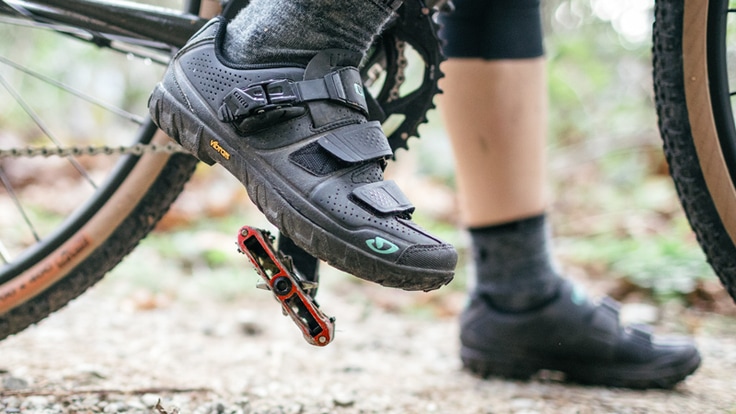When choosing bike pedals, first think about the type of riding you'll be doing. Will you be road biking or mountain biking? Are you looking for the pedaling power and efficiency of clipless pedals (where cleats on the bottom of the shoes secure your feet to the pedals) or the ease and maneuverability you get with flat platform pedals? Perhaps you want the benefits of both.
If you decide on clipless pedals, be sure your pedals, cleats and shoes are made to work as a system. You can shop for either the shoes or pedals first, just keep shoe-pedal compatibility in mind as you decide. Cleats may be sold with the pedals or separately.
In this article, we'll guide you through the main considerations when choosing bike pedals:
- Decide if you want clipless vs. flat bicycle pedals: Choose clipless pedals if you want more efficiency and control; with your shoes connected to your pedals, you transfer power when you pull up and push down. Choose flat pedals if you need to quickly take your feet off the pedals or want comfort while walking in the shoes that don't have cleats.
- Consider the type of riding you do: Do you want road cycling pedals with a three-hole cleat for the most power transfer? Or are you a recreational cyclist who wants flat pedals that are easy to get on and off?
- Decide on the shoes you want: Sometimes, your shoe preference may dictate the type of pedals you get. If you're a bike commuter who wants to wear your shoes off the bike as well as on, flat pedals or mountain bike pedals are good choices because you can wear shoes with recessed cleats or regular street shoes. To read more about choosing bike shoes, see our article on How to Choose Bike Shoes.
Common Pedal Types: Clipless vs. Flat Pedals
One important question to ask is whether you want to securely clip into the pedals or leave your feet free. The two most common types of pedals are clipless and flat pedals—which you choose will depend on your riding and personal preferences.
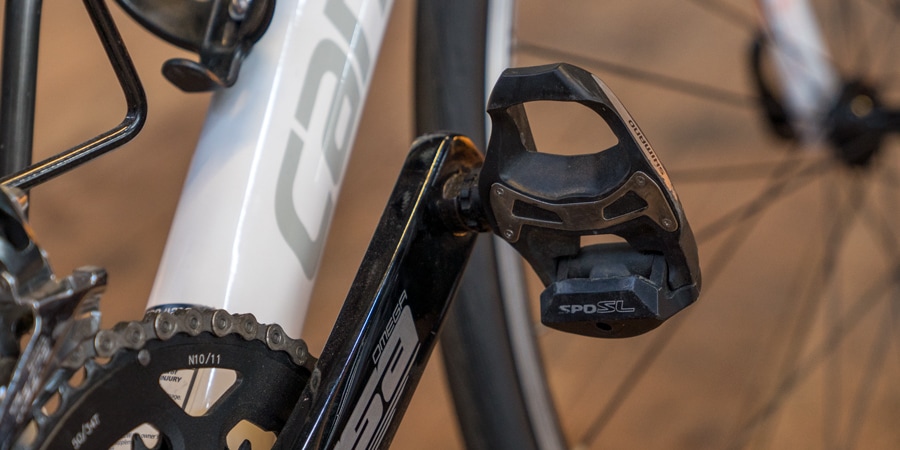
What are clipless pedals? "Clipless" is admittedly a confusing name since you actually "clip in" to the pedal's cleats much like you do with a ski binding. (They were named clipless decades ago to distinguish them at the time from another style of pedals called "toe clips"). Clipless pedals work by mounting a small plastic or metal cleat on the sole of your shoe that typically snaps into a set of spring-loaded "clips" on the face of the pedal. Clipless pedals feature cleats with a 3-hole or 2-hole design.
Why choose clipless pedals? Clipless pedals provide a high level of control while riding fast or executing moves like hopping up onto curbs or over logs. Your feet won't bounce off the pedals as you apply power or while riding through the bumps. It can take some practice getting in and out of clipless pedals, but once you get the hang of it they'll feel like second nature.
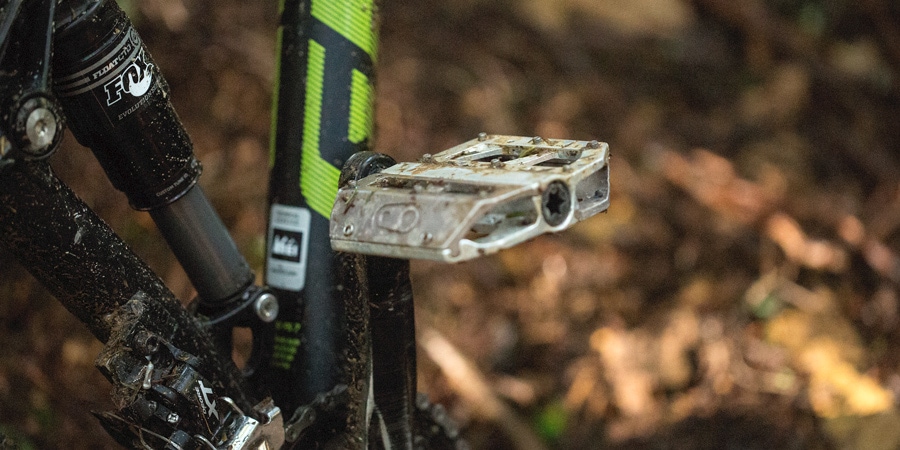
What are platform (flat) pedals? These "flat pedals" are the ones you probably had on your first bike. They provide a stable, wider surface to support your feet on both sides and can be used with nearly any shoe. They are not intended for use with clipless shoes.
Why choose flat pedals? Many downhill mountain bikers prefer this type of pedal paired with a specifically designed shoe with grippy soles or tread. This combination provides sufficient grip and control while being the easiest to get off of in the event of a crash. Platform pedals may also give you the confidence to help avoid a crash.
Recreational cyclists, commuters or riders who get on and off their bikes frequently may want flat pedals so they can wear more comfortable shoes that are easier to walk in.
You can also buy toe clips, which are cagelike frames that attach to the front of platform pedals and surround your toes.
Consider the Type of Riding You Do
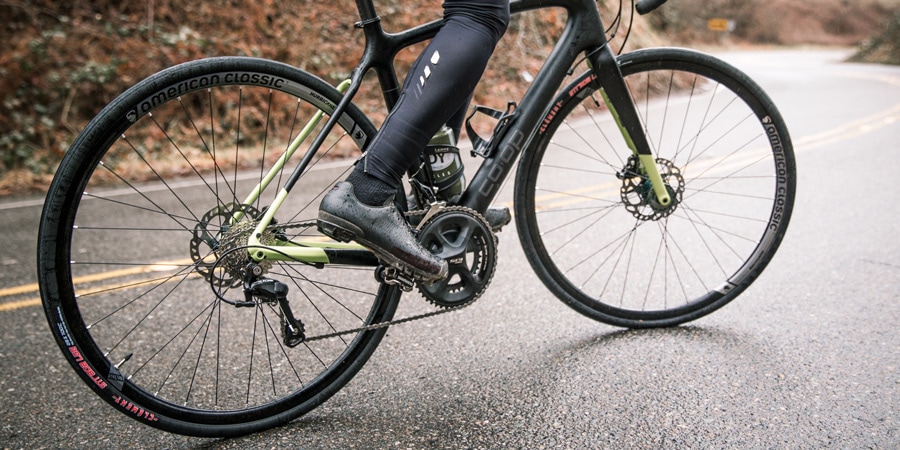
Benefits of road cycling pedals: Most road cyclists prefer clipless pedals because the secure connection between the shoe and pedal translates to great power and efficiency during each stroke. Road bike pedals often feature cleats with a 3-hole design. This is often called a "Look" type cleat (after the company that pioneered its use) or the SPD-SL system. These cleats are larger, made out of plastic and protrude farther from the sole of the shoe than a comparable 2-hole design.
The advantage of a 3-hole design is that the larger cleat is able to spread the force being applied to the pedal over a wider area. This reduces pressure on the connection points and allows a secure connection during the high stress loads of pedaling a road bike.
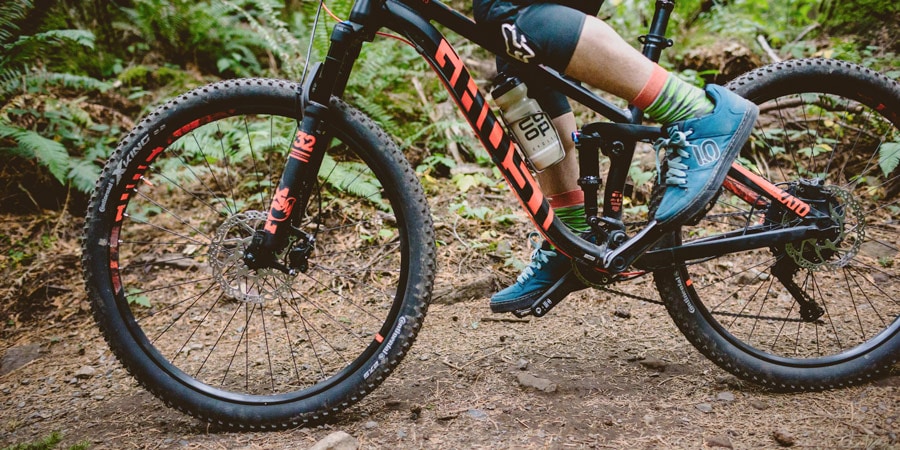
Benefits of mountain biking pedals: Clipless pedals for mountain biking feature cleats with a 2-hole design and are recessed into the sole, allowing for more comfortable walking. Screws are placed through the two holes securing the cleat to two tracks or slots in the bottom of a compatible shoe. This lets you slide the cleat back and forth slightly to achieve the proper angle and placement for maximum comfort and ease of engagement to the pedal.
Mountain bikers may opt for clipless pedals if they want more pedal efficiency or better control of their bikes, more power while climbing or they don't want to worry about their foot slipping off pedals. Riders who want to freely take their foot off the pedals, aren't as comfortable with using clipless pedals or are just learning may also prefer the ease of platform pedals.
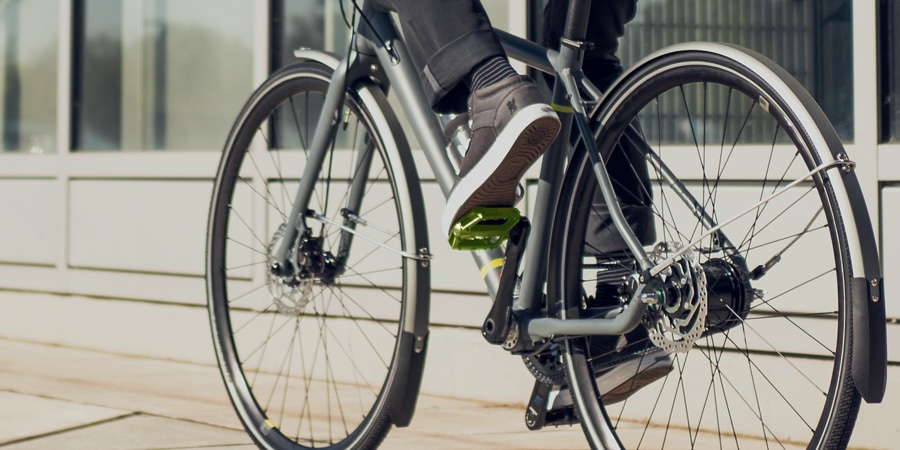
Choosing pedals for recreational biking: If you're a more casual rider, you may opt for flat pedals or a 2-hole cleat system since it's easier to walk around in those compatible shoes as well as get on and off the bike.
Choosing pedals for bike commuting: If you commute to work over long distances, you may want the pedal efficiency of clipless pedals. But if you need shoes that are more comfortable to walk in or that you could wear everywhere, consider flat pedals that are compatible with any shoes.
Or consider hybrid bike pedals: The hybrid pedal offers the flexibility of platform pedals on one side with the efficiency of a clipless system on the other side. It's an excellent transition pedal for anyone looking to ease into clipless. While most folks thinking of clipless pedals go "all in" or not at all, these offer an alternative for those who don't always ride with a cycling shoe.
Quick Overview: Here are the most popular clipless shoe pedal attributes:
| Road Bike Pedals | Mountain Bike Pedals | Recreational Cycling |
|---|---|---|---|
Pedal style | Typically 3-hole (Look, Time or SPD-SL styles) | Typically 2-hole (SPD, crankbrothers, Time styles) | Typically 2-hole (SPD, crankbrothers, Time styles) |
Shoe outsole | Smooth (no tread) | Grippy bottom for added traction | Smooth rubber outsole, resembles sneakers |
Shoe sole | Very stiff | Stiff | Soft |
Cleat style | Protrudes from sole | Recessed into sole | Recessed into sole |
Bike Pedal Features
Pedal float: When you step on a cleated bike pedal, the cleat locks into the pedal mechanism and is held firmly in place. Float refers to the amount of angular rotation allowed to the foot on the pedal. Different types of cleats allow for different degrees of float; you can change the cleat to vary the float. A few systems hold the foot at a fixed angle; others allow fixed amounts of float and a few allow customizable ranges of float. This largely becomes a personal preference as you become a more experienced rider.
Multiple-release cleats: Most cleats that come with pedals release laterally. The so-called multiple-release cleat is very similar to these models except that it releases a bit more easily and at slightly increased angles (your heel can move outward or inward and slightly upward as well). The differences are subtle. The bottom line is that they do seem to be somewhat more forgiving than lateral-release cleats. Multiple-release cleats are typically sold separately from pedals.
How to Use Clipless Bike Pedals
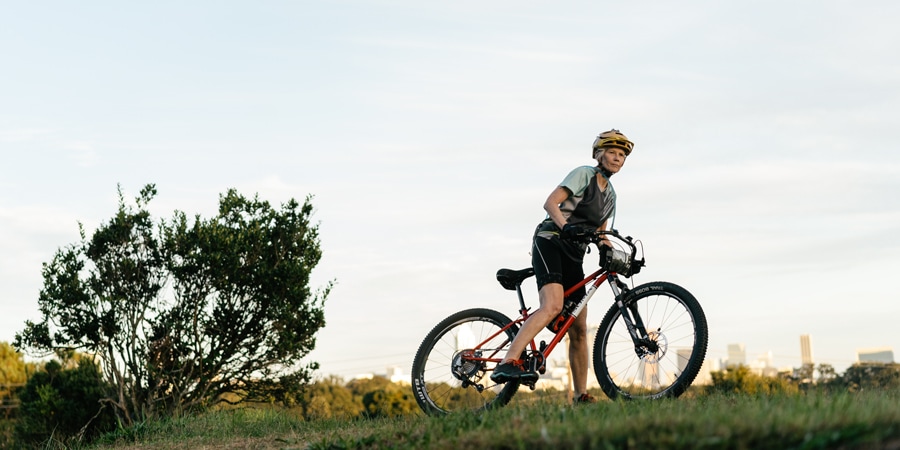
It can be intimidating to learn how to use clipless pedals. Many cyclists at some point have toppled over on their bikes. Stick with it. This motion is simple to learn, but it takes practice to develop the muscle memory and confidence. When learning how to use clipless pedals, find a level, grassy field for practice. You may fall a time or two while learning, and soft ground can help prevent injuries. Optionally, you can practice clipping in/out while on a bike trainer (or at an indoor cycling class) or by having a friend hold your handlebar.
How to clip into clipless bike pedals:
- As you start to clip in, apply the front brake to keep your bike from rolling forward.
- Clip in the first shoe and start rolling forward. Once you gain some balance and are moving, clip in the second pedal.
- Generally, it is easier to clip in while on a flat surface or slightly downhill. Trying to clip in while starting an uphill can be difficult at first.
How to unclip from clipless bike pedals:
- As you are rolling toward a stopping point, such as an intersection, think "heel out" and get ready beforehand. You'll want to clip out before you are fully stopped. If you're stopping for just a short time, you only need to unclip from one pedal.
- If you're road biking or commuting, you typically unclip on your dominant foot. For mountain biking, it's good to know how to do both.
- Twist your ankle/heel outward, away from the bike. You'll hear a click and your foot will release from the pedal. Once your shoe is out of the system, put your foot down.
Tip: Develop the proper muscle memory by getting in and out of each pedal 50 to 60 times. With this number of repetitions, your legs will begin to be trained to do the right thing without you having to think about it. You can also practice on an indoor spin bike.
How to Take Care of Clipless Pedals
If it becomes difficult to engage or disengage your cleats, the pedal may require cleaning and lubrication. Here's how to clean your clipless pedals:
- First look for obvious signs of damage.
- If you do not find any, give the pedal a good scrub with warm water to remove any mud or debris.
- Let the pedal dry and add a drop of light lube to the clips on the pedal. Remember to lube both sides if you have a dual-sided system.
- If you are still having trouble, check with your local REI bike mechanic.
Tip: If you do not own a cleaning brush kit, an old toothbrush makes an excellent tool for cleaning pedals.
